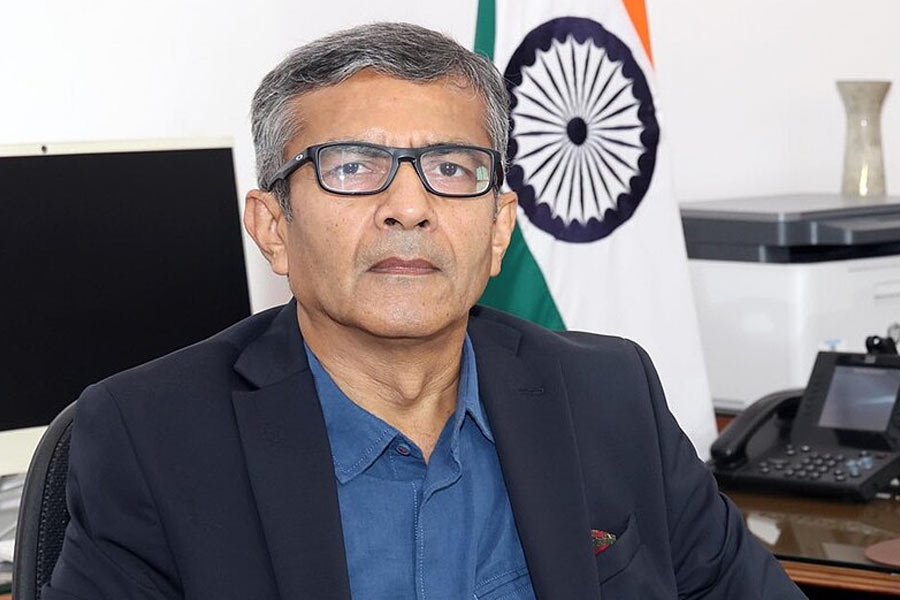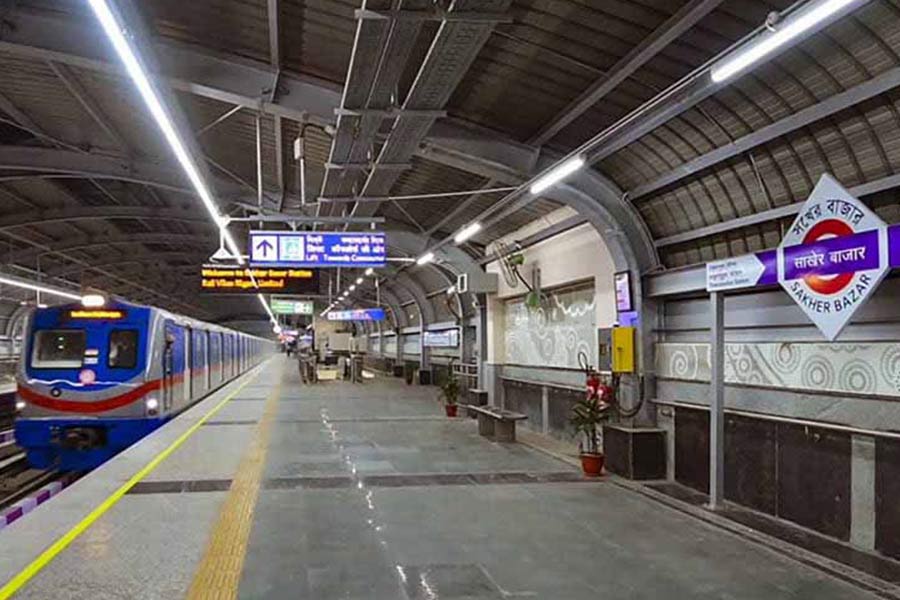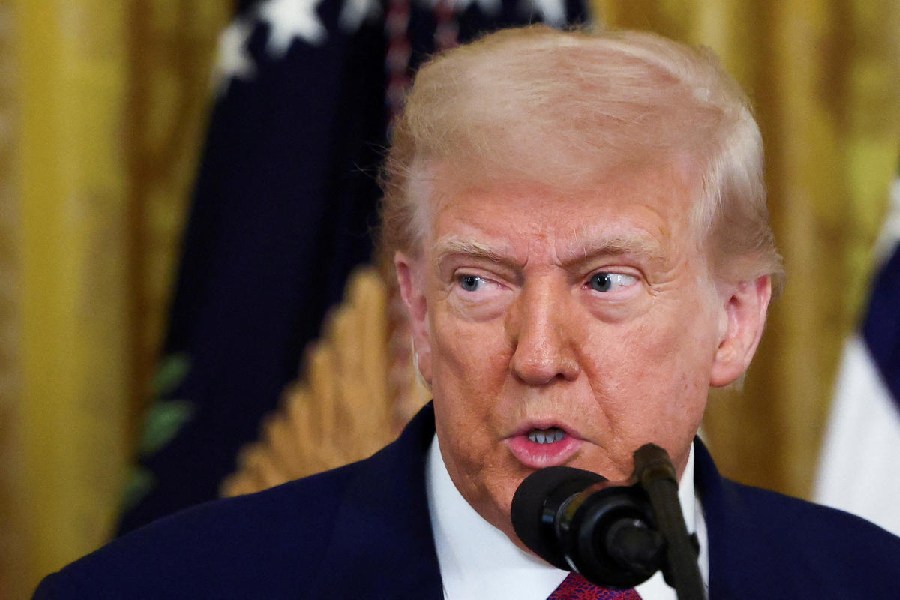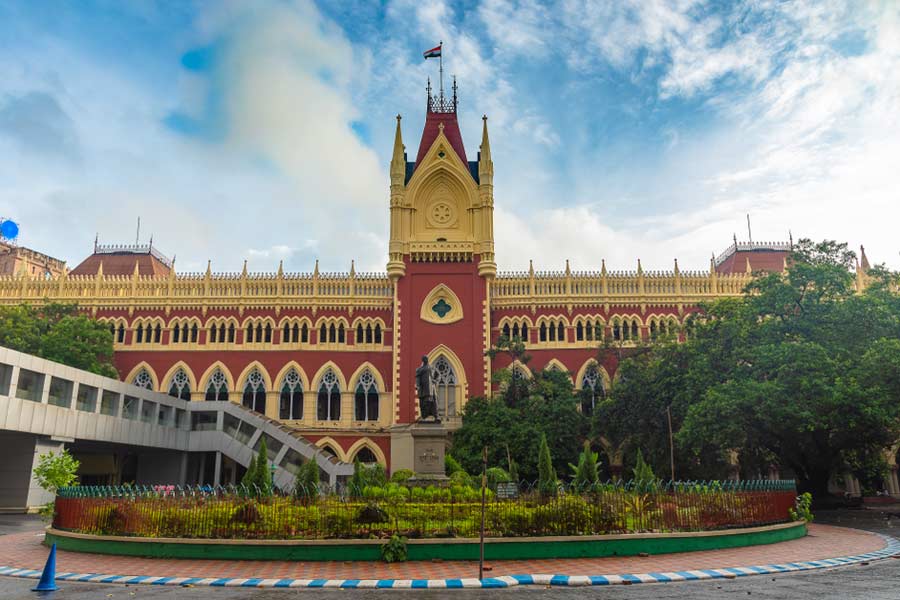Bhubaneswar, July 18: Almost half of the 40,000-odd engineering seats in the state will remain vacant for the third consecutive year. Of the 63,634 candidates who appeared for the Odisha Joint Entrance Examination (OJEE) this year, only 21,745 attended the counselling session, which ended on July 16.
Concerned over the large-scale vacancy year after year, promoters of engineering education in the state have urged chief minister Naveen Patnaik, who holds the technical education portfolio, to take remedial steps. A copy of the letter has also been sent to chief secretary B.K. Patnaik.
Secretary of the Odisha Private Engineering College Association (Opeca) Binod Dash said: “Post counselling, we should be allowed to fill up the vacant seats at our own level. The Orissa Professional Educational Institutions Act, 2007, also needs to be amended at the earliest since it is silent about a vacancy situation that has been lingering for the past three to four years.”
Dash said most other states in the country had a seat sharing arrangement between the respective governments and private colleges to fill up seats through the JEEs.
“The government has been telling us that our proposal to fill up seats at our level is under active consideration, but no concrete measures are being taken to improve the scenario. A committee constituted by the state in 2009 had submitted a report in our favour, but the government is yet to act on it,” Dash said.
He said the committee had recommended enhancing the All India Engineering Entrance Examination (AIEEE) quota from 15 to 25 per cent, converting NRI reserved seats to management seats and leaving the private colleges to admit students through marketing and other means. “But the file has been pending with the chief minister for almost three years now,” Dash said.
There are 105 engineering colleges in the state, of which seven are run by the government and the rest 95, including two deemed universities, privately. The three others are NIT-Rourkela and Bhub aneswar-based IIT and IIIT.
Last year, more than 22,000 seats remained vacant and the year before, more than 18,000 seats found no takers, despite conducting a second joint entrance exam and three rounds of admissions.
In 2009, around 10,000 seats were not filled up. The sanctioned seat strength in the engineering colleges is over 40,000.
OJEE authorities said they were hopeful of tiding over the vacancy crisis, but were left disappointed, as the turnout for counselling was around one-third of the number of candidates who had qualified for admissions. “It is for the government to take a decision regarding the vacant seats,” said secretary of OJEE Committee Priyabrat Sahoo.
Educationists have attributed the vacant seat syndrome to a huge gap between the number of students passing Plus Two science and the large number of seats in engineering colleges.
From 2001 to 2010, the number of seats in Plus Two science increased by only 392, while the engineering seats has gone up from 8,000 in 29 colleges in 2001 to nearly 43,000 in 105 colleges in 2011.










